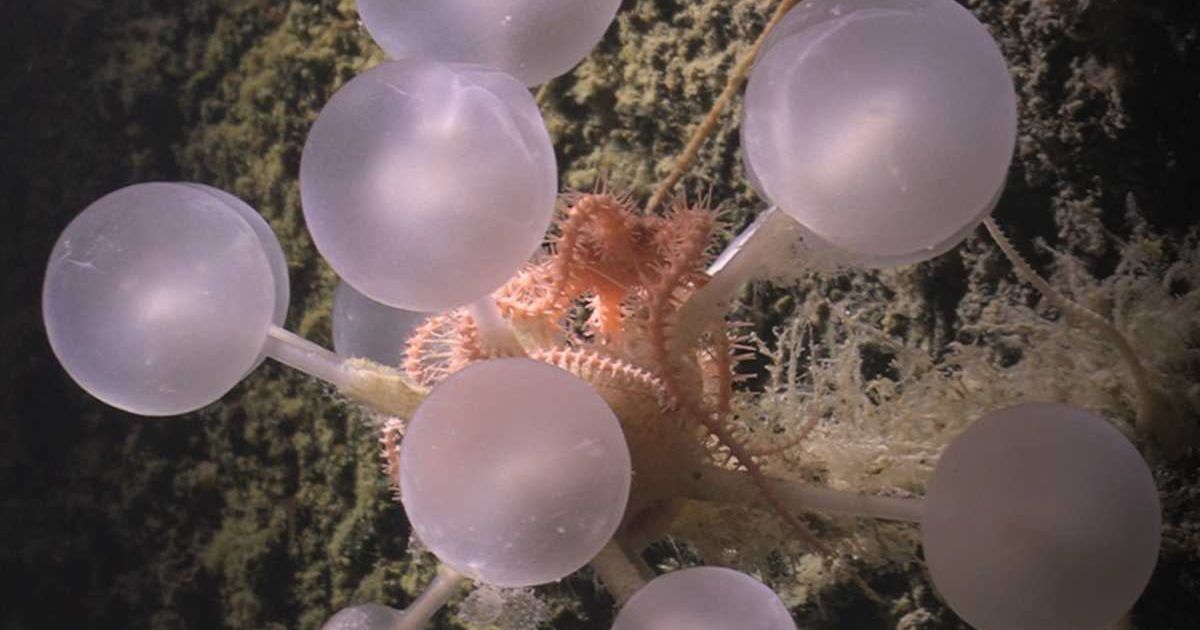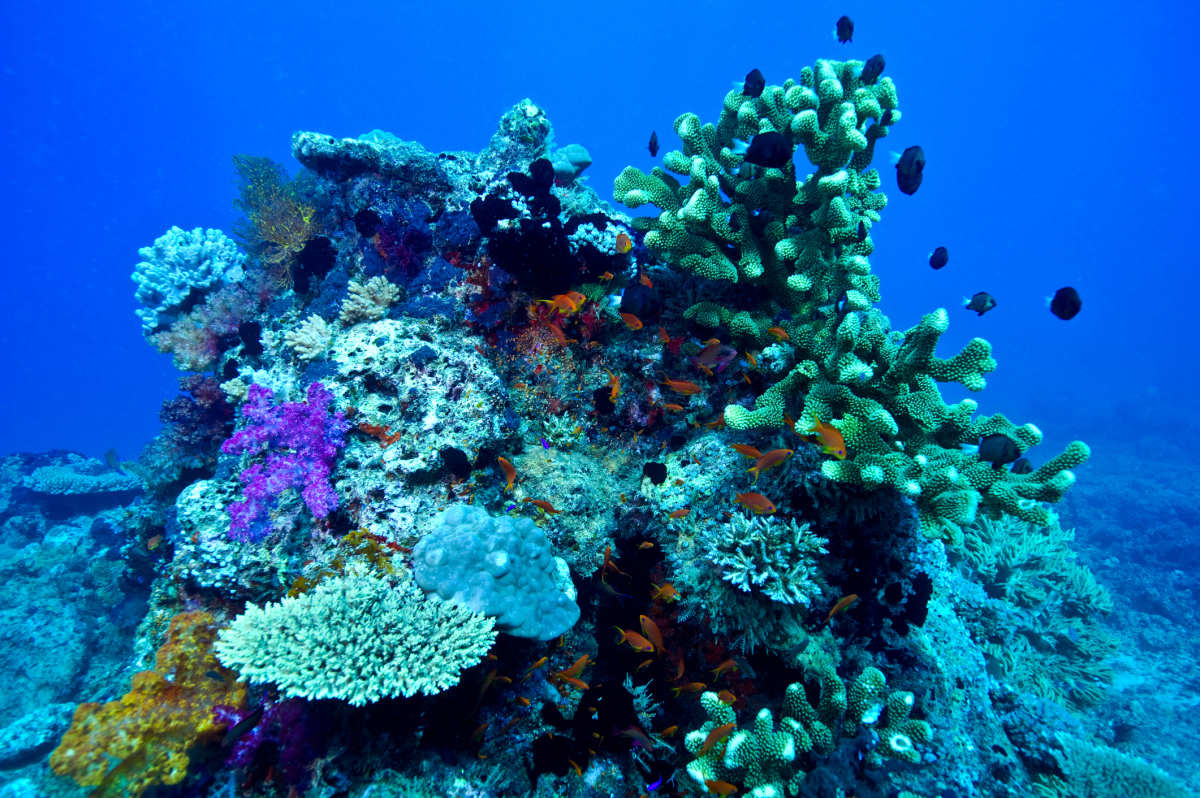‘Death Ball Sponge’ and ‘Zombie Worms’ — Researchers Find Never-Before-Seen Species in Southern Ocean

Encircling the frozen continent of Antarctica, the ring-shaped swath called the Southern Ocean is a massive waterbody whose unobstructed currents, roaring waters, and screaming depths jolt the maritime explorers with undercurrents of terror. It seems that lurking within its dark depths are monsters so mysterious and creepy that people mistake them for aliens. In a recent expedition by the Ocean Census team, explorers stumbled upon a carnivorous, vile sponge that uses tiny hooks to trap prey. Dubbed the “death ball” sponge, the predator’s appearance is contrasting to any sponge ever observed before.

Being one of the remotest parts of the planet, this area of the Southern Ocean was naturally expected to house unknown species or otherworldly-looking creatures. But this one came as a total surprise. The research was conducted by the Nippon Foundation–Nekton Ocean Census and collaborators. Two research cruises were dispatched in partnership with the Schmidt Ocean Institute, as part of the Southern Ocean Species Discovery Workshop hosted by Universidad de Magallanes, Punta Arenas, Chile, in August 2025.

This expedition was part of the Ocean Census flagship mission, Searching for New Species in the South Sandwich Islands, and was initiated aboard Schmidt Ocean Institute R/V Falkor. During the expedition, researchers combed through the dormant volcanic calderas, hydrothermal vents, the South Sandwich trench, and seafloor habitats in Montagu and Saunders islands.
The mysterious deep-sea species, named Chondrocladia, featured a spherical body, which was coated in tiny hooks meant for trapping prey, a stark contrast to most sponges, which are gentle, passive, and filter-feeding creatures. These “death balls,” however, were not the only creatures discovered in the ocean. The dive revealed nearly 30 new and previously undiscovered species. Zombie worms, for instance. These tiny, wiggly worms, the researchers found, had no mouth, gut, or digestive system. Investigation revealed that they rely on symbiotic bacteria to break down fats inside the bones of whales and other large vertebrates.

Describing in a press release, Dr. Michelle Taylor, Head of Science at The Nippon Foundation Nekton Ocean Census, said, “The Southern Ocean remains profoundly under-sampled. To date, we have only assessed under 30% of the samples collected from this expedition, so confirming 30 new species already shows how much biodiversity is still undocumented.” Apart from death ball sponge and zombie worms, researchers found new, armored and iridescent scale worms, previously unknown sea stars, crustaceans including isopods and amphipods, rare gastropods, bivalves, black corals, and sea pens.
All thanks to advancements in technology, as Dr. Jyotika Virmani, Executive Director at Schmidt Ocean Institute, said in the press release. “Advanced tools — from precise seafloor mapping to high-definition ROV imagery — allow us to explore and gather data from places never seen before by humans,” she explained. According to the report, the investigation was carried out using hours of HD video and thousands of seafloor images. Taxonomists from across the world fast-tracked verification using a triage system, imaging, comparing, and DNA barcoding in real time, per Oceanographic Magazine. This “ocean-to-lab” approach aims to tackle a chronic issue in taxonomy, of samples languishing unprocessed for years due to limited resources.
More on Green Matters
These Tiny Invasive Creatures Are Slowly Taking Over California’s Counties Day After Day
This Tiny Creature’s Incredible Ability Holds Clues About Growing Back Damaged Body Parts in Humans